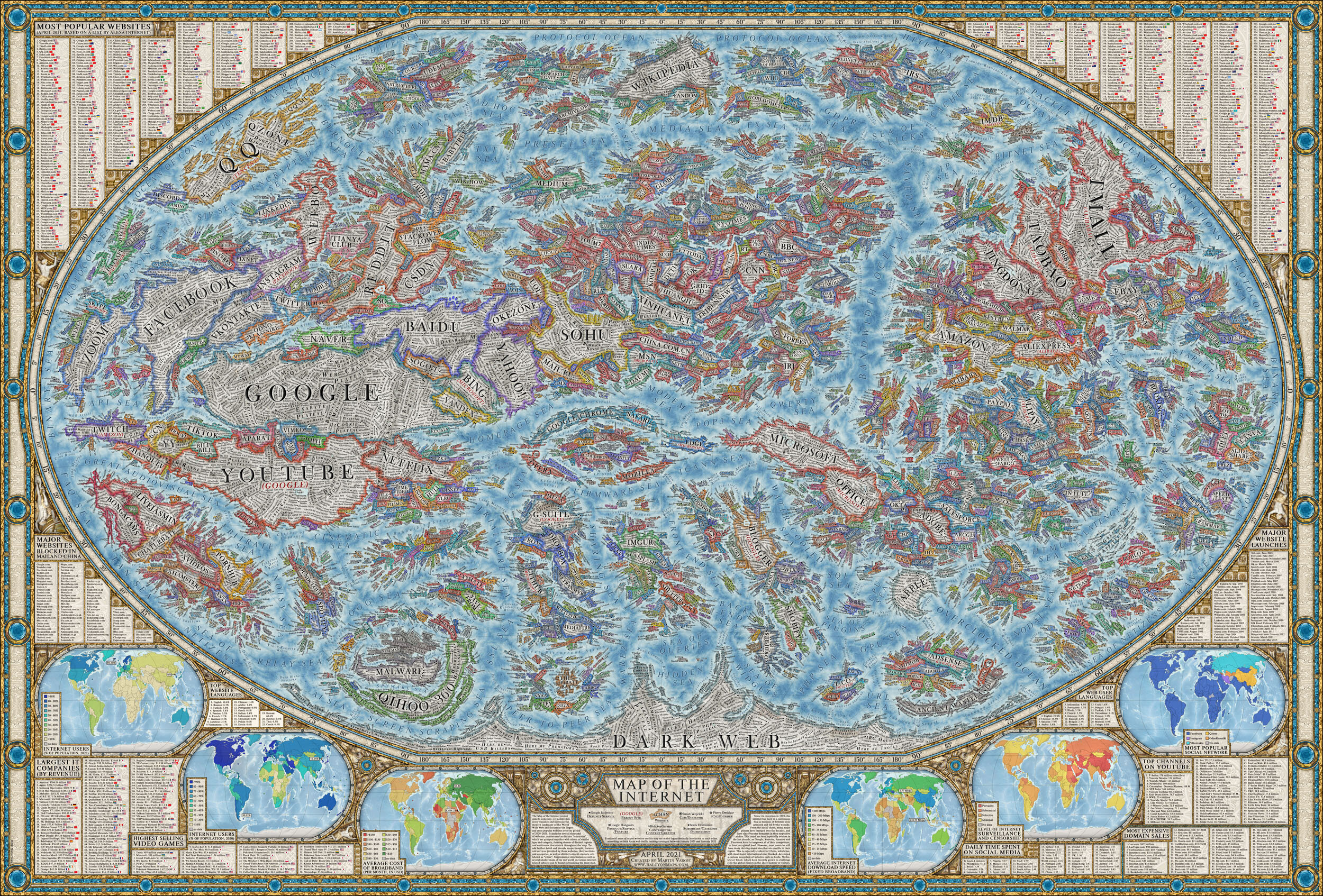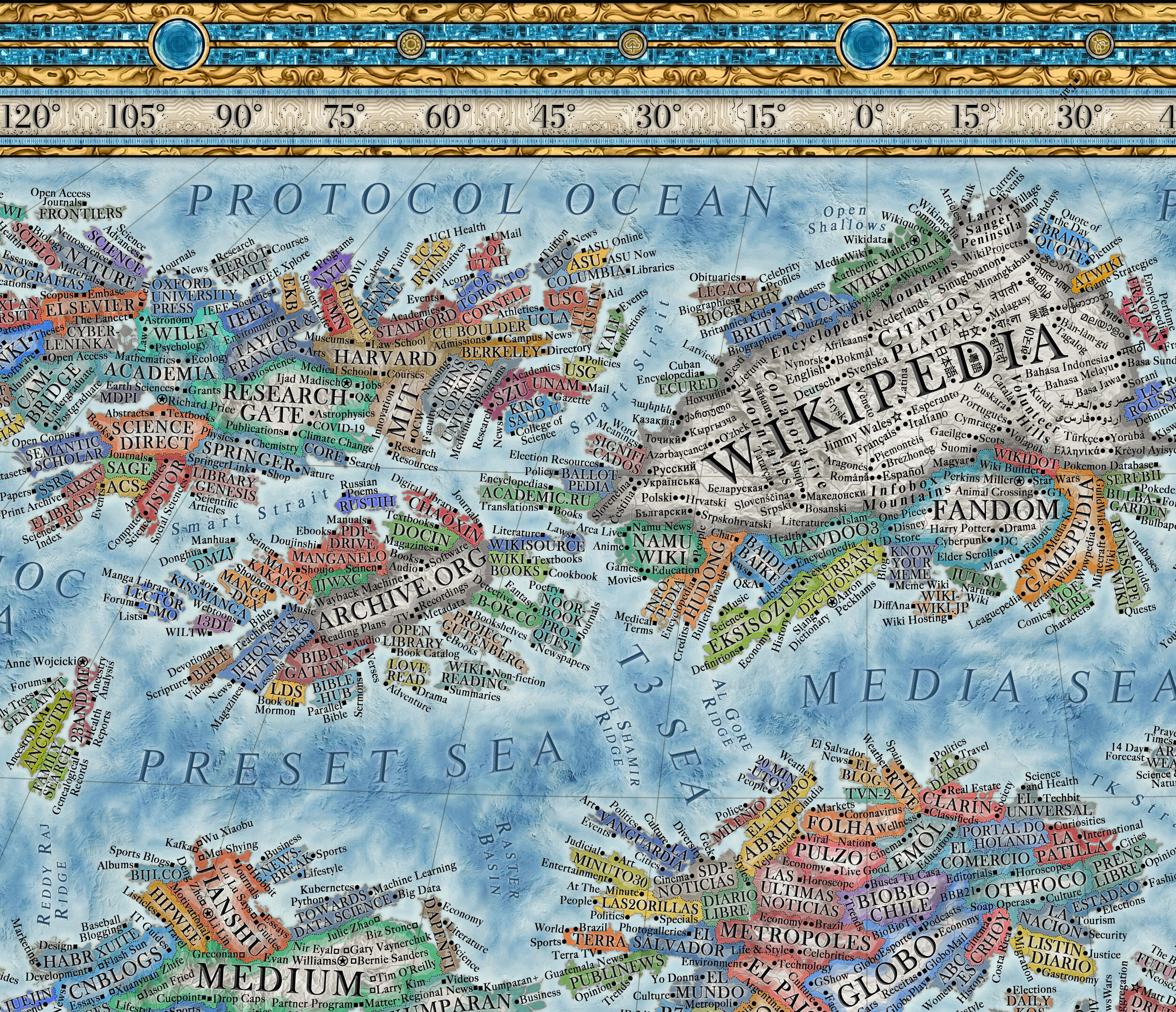Toward the end of The Simpsons’ golden age, one episode sent the titular family off to Japan, not without resistance from its famously lazy patriarch. “Come on, Homer,” Marge insists, “Japan will be fun! You liked Rashomon.” To which Homer naturally replies, “That’s not how I remember it!” This joke must have written itself, not as a high-middlebrow cultural reference (as, say, Frasier would later name-check Tampopo) but as a play on a universally understood byword for the nature of human memory. Even those of us who’ve never seen Rashomon, the period crime drama that made its director Akira Kurosawa a household name in the West, know what its title represents: the tendency of each human being to remember the same event in his own way.
“A samurai is found dead in a quiet bamboo grove,” says the narrator of the animated TED-Ed lesson above. “One by one, the crime’s only known witnesses recount their version of the events that transpired. But as they each tell their tale, it becomes clear that every testimony is plausible, yet different, and each witness implicates themselves.”
So goes “In a Grove,” a story by celebrated early 20th-century writer Ryūnosuke Akutagawa. An avid reader, Kurosawa combined that literary work with another of Akutagawa’s to create the script for Rashomon. Both Akutagawa and Kurosawa “use the tools of their media to give each character’s testimony equal weight, transforming each witness into an unreliable narrator.” Neither reader nor viewer can trust anyone — nor, ultimately, can they arrive at a defensible conclusion as to the identity of the killer.
Such conflicts of memory and perception occur everywhere in human affairs: this TED-Ed lesson finds examples in biology, anthropology, politics, and media. Sufficiently many psychological phenomena converge to give rise to the Rashomon effect that it seems almost overdetermined; it may be more illuminating to ask under what conditions doesn’t it occur. But it also makes us ask even tougher questions: “What is truth, anyway? Are there situations when an objective truth doesn’t exist? What can different versions of the same event tell us about the time, place, and people involved? And how can we make group decisions if we’re all working with different information, backgrounds, and biases?” We seem to be no closer to definitive answers than we were when Rashomon came out more than 70 years ago — only one of the reasons the film holds up so well still today.
Related Content:
How to Improve Your Memory: Four TED Talks Explain the Techniques to Remember Anything
What Is Déjà Vu? Michio Kaku Wonders If It’s Triggered by Parallel Universes
Based in Seoul, Colin Marshall writes and broadcasts on cities, language, and culture. His projects include the Substack newsletter Books on Cities, the book The Stateless City: a Walk through 21st-Century Los Angeles and the video series The City in Cinema. Follow him on Twitter at @colinmarshall or on Facebook.








